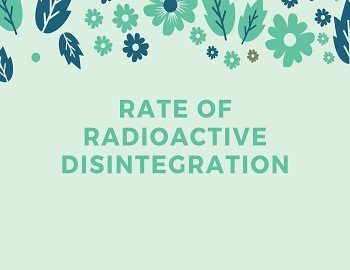Table of Contents
Kingdom Monera: Important Characteristics
- It includes all the prokaryotic organisms like bacteria (cyanobacteria and actinomycetes). They act as important decomposers, nitrogen fixers, and mineralizers.
- All monerans are microscopic lacking true nucleus and cell bound organelles but have rigid cell wall.
- They may be autotrophic or heterotrophic in their mode of nutrition. The autotrophic monerans can prepare their food using light energy (photoautotrophs) or chemical energy (chemoautotrophs). Spirillum and Chlorobium are the photoautotrophs whereas Nitrosomonas and Nitrobacter are the chemoautotrophs.
- Some monerans like Rhizobium can thrive symbiotically with the roots of legumes whereas Azotobacter, free-living bacteria, has the capability to fix atmospheric nitrogen. The other monerans live as parasites on plants and animals like Xanthomonas Citri and Vibrio Cholerae.
- Monerans occur in almost all types of habitats including snow, salt pans, sulfur springs, hot springs, etc. Archaebacteria, a group of ancient bacteria, seem to live under conditions when living beings originated, viz., high temperature (up to 80°c ), high salt content, acidic pH, anaerobic conditions.
Some monerans can survive in anaerobic (oxygen-free) conditions. These forms are grouped into true (Eubacteria) and the ancient bacteria (Archaebacteria). The latter is anaerobes (respire without oxygen) and lives among the cattle’s rumen and helps in the digestion of cellulose in the alimentary canal. They produce methane from carbon dioxide. Bacteria are single-celled and have different shapes. There are rod-shaped (Bacillus), spherical (Coccus) or spiral (Spirillum). They reproduce by binary fission. The blue-green algae also called cyanobacteria in Monera include single-celled Spirulina, colonial Nostoc, and filamentous Oscillatoria. They are prokaryotic and photoautotrophic organisms.
Cyanobacteria:
Cyanobacteria are Gram (-ve) oxygenic photoautotrophs that have a prokaryotic organization.
Phycologists call them Blue-green algae, Myxophyceae, and Cyanophyceae.
The term cyanobacteria were given to them by the International Code of Bacterial Nomenclature (1978).
They were the first living organisms to perform oxygenic photosynthesis, over 3 billion years back. Development of aerobic forms became possible only after evolution of cyanobacteria.
Importance of Cyanobacteria:
- Cyanobacteria perform the oxygenic photosynthesis and they are the chief producers of the biosphere.
- Some cyanobacteria like spirulina are cultivated in tanks as a palatable protein-rich animal feed.
- Many forms of cyanobacteria like Nostoc, Anabaena have the ability to fix atmospheric nitrogen and so, they are used for reclaiming the usar soils.
- Some cyanobacteria like microcystis aeruginosa and anabaena flosaquae release toxins, harmful to most aquatic animals, and even to human beings.
- Some species of cyanobacteria like Anabaena and Aulosira are grown in ponds to inhibit the growth of mosquitoes.









Comments (No)